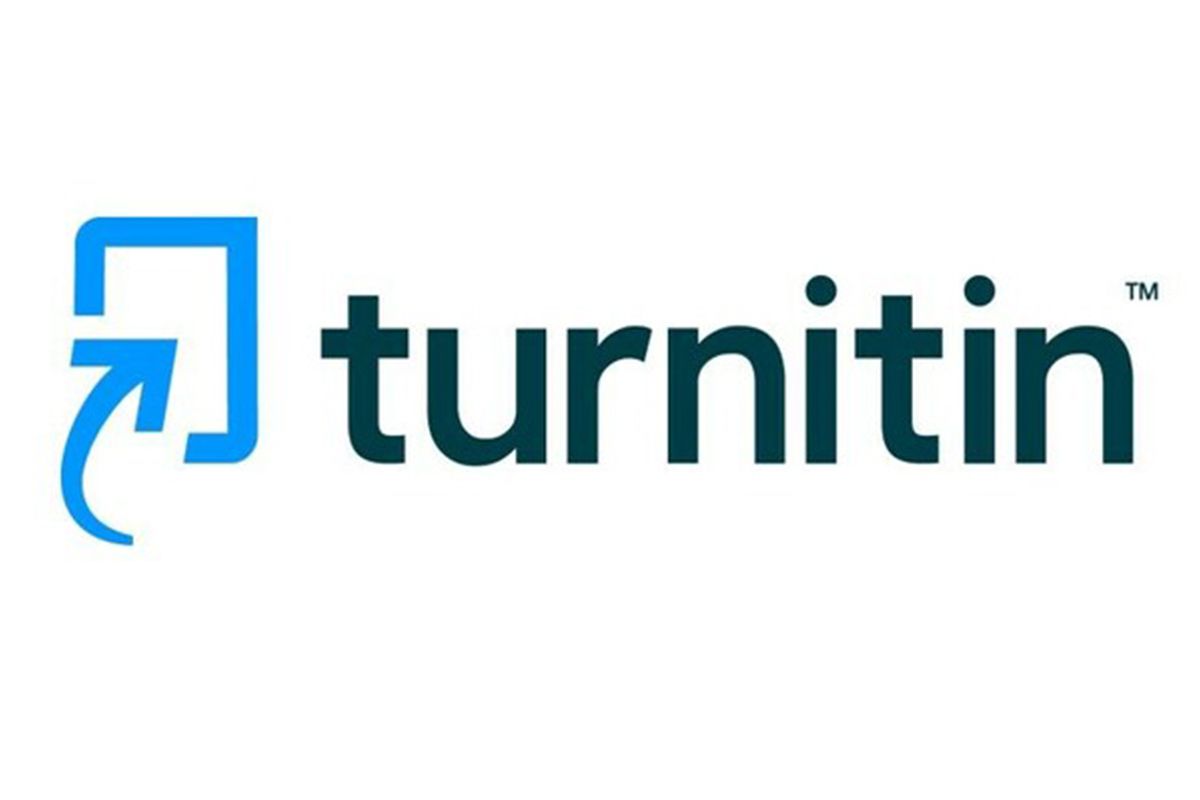Analysis of the Effectiveness of Conditional Release for Prisoners in the Class II B Garut Correctional Institution
DOI:
https://doi.org/10.5281/zenodo.13377842Keywords:
Policy evaluation, Prison overcrowding; Recidivism; RehabilitationAbstract
This study evaluates the effectiveness of parole in alleviating prison overcrowding and enhancing inmate rehabilitation at Lembaga Pemasyarakatan Kelas II B Garut, addressing the urgent need for improved reintegration processes. The research employs a mixed-methods approach, combining descriptive analysis of questionnaires completed by parolees with semi-structured interviews of inmates, prison staff, and families. Findings indicate that most parolees, aged 26-35 years, struggle with social stigma and employment post-release, despite receiving parole. Only 40% felt ready to reintegrate, and support from rehabilitation programs varied widely, with only 40% feeling adequately supported. Counseling services were deemed beneficial by 55% of respondents. Challenges included high levels of social stigma and difficulty finding employment, with 70% reporting significant issues. The study recommends strengthening rehabilitation programs, improving coordination among relevant agencies, conducting anti-stigma campaigns, and simplifying administrative procedures to enhance the reintegration of parolees, ultimately reducing recidivism and benefiting society.
Downloads
References
Fulham, L., Blais, J., Rugge, T., & Schultheis, E. A. (2023). The effectiveness of restorative justice programs: A meta-analysis of recidivism and other relevant outcomes. Criminology and Criminal Justice. https://doi.org/10.1177/17488958231215228
Hames, J. B., & Ekern, Y. (2023). Pengantar Hukum Perspektif Amerika Serikat. Nuansa Cendekia. https://books.google.co.id/books?id=MGimEAAAQBAJ
Kemenkumham. (2021). Cegah Penyakit Menular Ada Didalam Lapas, Petugas Kesehatan Lapas Mojokerto Melakukan Screening Kesehatan Kepada WBP. Kementerian Hukum Dan HAM Republik Indonesia. https://jatim.kemenkumham.go.id/berita-upt/11782-cegah-penyakit-menular-adadidalam-lapas-petugas-kesehatan-lapas-mojokerto-melakukan-screeningkesehatan-kepada-wbp
Mega Marta, T., Putra Kurnia, M., & Erawaty, R. (2023). Penanganan Terbaik Pada Kelebihan Kapasitas Lembaga Permasyarakatan Di Beberapa Negara. Risalah Hukum, 19(1), 11–20. https://sdppublik.ditjenpas.go.id/
Pramono, W. (2021). Kompendium Undang-Undang untuk Penegak Hukum Buku 3. Penerbit Alumni. https://books.google.co.id/books?id=fUQqEAAAQBAJ
Priyana, Y., Assayuti, A. A., & Romdoni, M. (2023). Exploring the Effectiveness of Restorative Justice Practice in Criminal Law System. West Science Law and Human Rights, 1(03), 107–114. https://doi.org/10.58812/wslhr.v1i03.120
Suci, P. W., & Ritonga, R. (2024). Pemberian Remisi Sebagai Upaya Penanganan Over Kapasitas Di Rutan Kelas I Jakarta Pusat. Viva Themis Jurnal Ilmu Hukum, 6(1), 97–111. https://doi.org/10.24967/vt.v6i1.2608
Sugiyono. (2017). Metode Penelitian Kuantitatif Kualitatif dan R&D. Alfabeta CV.
Sutoyo, A., Renggong, R., & Hamid, A. H. (2023). Efektivitas Pembebasan Bersyarat Bagi Warga Binaan Dalam Upaya Mengatasi Kelebihan Kapasitas Di Lapas Narkotika Kelas Iia Sungguminasa. Indonesian Journal of Legality of Law, 6(1), 112–122. https://doi.org/10.35965/ijlf.v6i1.3822
Syahrin, A., Anggusti, M., & Alsa, A. A. (2023). Dasar-dasar Hukum Pidana: Suatu Pengantar (Buku Kesatu Undang-Undang Nomor 1 Tahun 2023 Tentang Kitab Undang-Undang Hukum Pidana). Merdeka Kreasi Group. https://books.google.co.id/books?id=NGzFEAAAQBAJ
Vooren, M., Rud, I., Cornelisz, I., Van Klaveren, C., Groot, W., & Maassen van den Brink, H. (2023). The effects of a restorative justice programme (Halt) on educational outcomes and recidivism of young people. Journal of Experimental Criminology, 19(3), 691–711. https://doi.org/10.1007/s11292-022-09502-4
Waluyo, B. (2023). Sistem Pemasyarakatan di Indonesia. Sinar Grafika. https://books.google.co.id/books?id=723dEAAAQBAJ

Downloads
Published
Versions
- 24.07.2024 (3)
- 22.07.2024 (2)
- 05.07.2024 (1)
Issue
Section
License
Copyright (c) 2024 Jurnal Terekam Jejak

This work is licensed under a Creative Commons Attribution-NonCommercial 4.0 International License.



